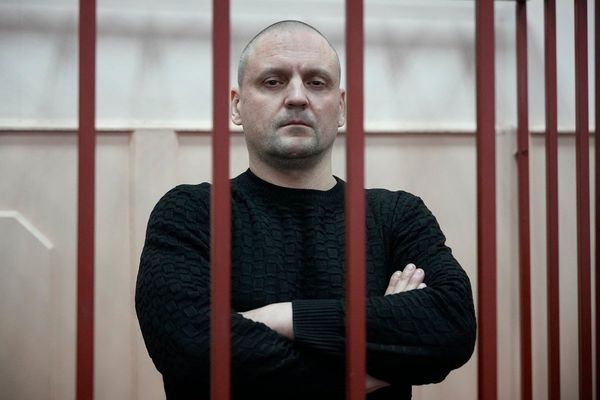
Back when generative AI first reared its ugly head, there was a panic that the average viewer wouldn’t be able to identify it. But now, years into the rise of OpenAI, Grok, Midjourney, and the myriad other AI agents, anyone who has spent time online can identify a specific “AI look”: weirdly flat lighting, nonsense text, and often a strange yellowish tinge.
One theory for this yellow hue (or “piss filter,” in some internet spaces) claims it’s the result of a massively popular AI trend — a trend that highlights just who is behind all of these images in the first place.

In March 2025, it was all the rage to “Ghiblify” your photos using OpenAI’s ChatGPT, turning normal photos into cozy animated stills that look like they were pulled out of Hayao Miyazaki’s masterpieces. In fact, so many of these images were made that many think they infected future AI images with their warm tones.
But these images don’t exist in a vacuum: in order to copy an anime style, these programs had to be trained on existing images — images that, intellectually, belong to others. Now, the Content Overseas Distribution Association, the industry body that represents several anime studios, including Toei and Square Enix, has sent a written request to OpenAI requesting that its members’ products not be used to train its Sora program without permission.
AI has been a hot topic in Japan, especially with its governmental body formally requesting OpenAI refrain from encroaching on copyrighted works, calling its popular anime series “irreplaceable treasures.” Now, more companies are specifically requesting to opt out of even training this technology.
The concept of using AI to generate Miyazaki-esque images has always been skeevy, if not legally then definitely artistically. In the 2016 documentary Never-Ending Man: Hayao Miyazaki, the iconic filmmaker is shown a demo of creepy-looking zombies, using AI to generate new, grotesque ways of moving. “I am utterly disgusted,” he says. “If you really want to make creepy stuff, you can go ahead and do it, but I would never wish to incorporate this technology into my work at all. I strongly feel that this is an insult to life itself.”
The point of all anime works is that they are labors of love: the result of hundreds of hours of production, from writing to developing to animating. AI rips the product away from its process, and now the companies are starting to fight back.







